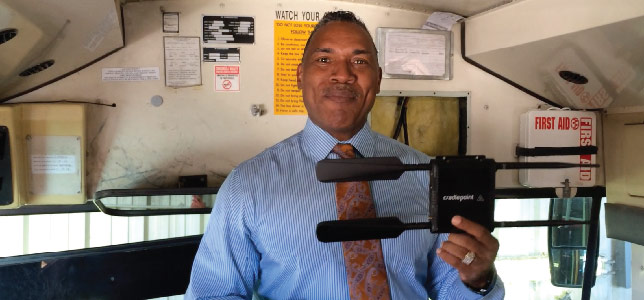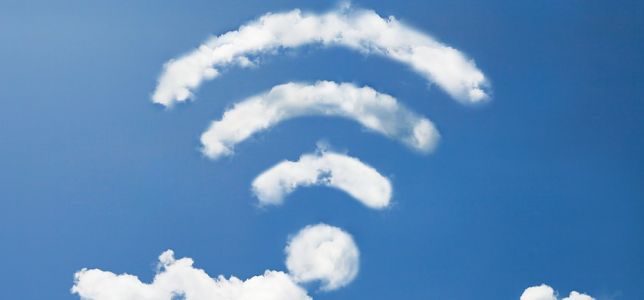
Internet-enabled school buses keep students connected on the road, in school parking lots and in their own neighborhoods.

Kirsten Wright, an educational technology teacher at Desert Sands Unified School District (CA), talks about how making the move to 1-to-1 has transformed not only teaching and learning, but the physical design of her districts' classrooms.
In consultation with the FCC and in response to a request from the country’s largest school districts, the Universal Service Administration Company has extended the E-rate application window for this fiscal year by three weeks.
The Cesar Chavez Public Charter Schools for Public Policy has installed an interactive learning solar power system at its Washington D.C. Parkside Campus.
Oakland Unified School District has installed solar panels at 16 schools, totaling 3.6 megawatts. In addition to energy, the installations will provide STEM education opportunities for OUSD students.
Antioch Unified School District has installed solar power projects at 20 campuses, with a projected savings of $39 million in energy costs over 30 years.
In three states this week, schools encouraged thousands of students and staff to overwhelm their networks with traffic. The stress tests have helped district leaders spot and solve tech issues ahead of this spring's Web-based testing.

The $1.5 billion increase in annual funding approved by the FCC last week is expected to allow 101,000 schools and 16,000 libraries to expand their high-speed broadband and WiFi access.
The Federal Communications Commission voted today to increase the E-rate fund by $1.5 billion annually. The decision will allow the United States to expand high-speed WiFi access to 43.5 million additional students, more than 101,000 additional schools and nearly 16,000 additional libraries.
Oregon's South Lane School District has agreed to a $2.1 million energy savings performance contract designed to reduce energy costs by approximately $132,000 each year.